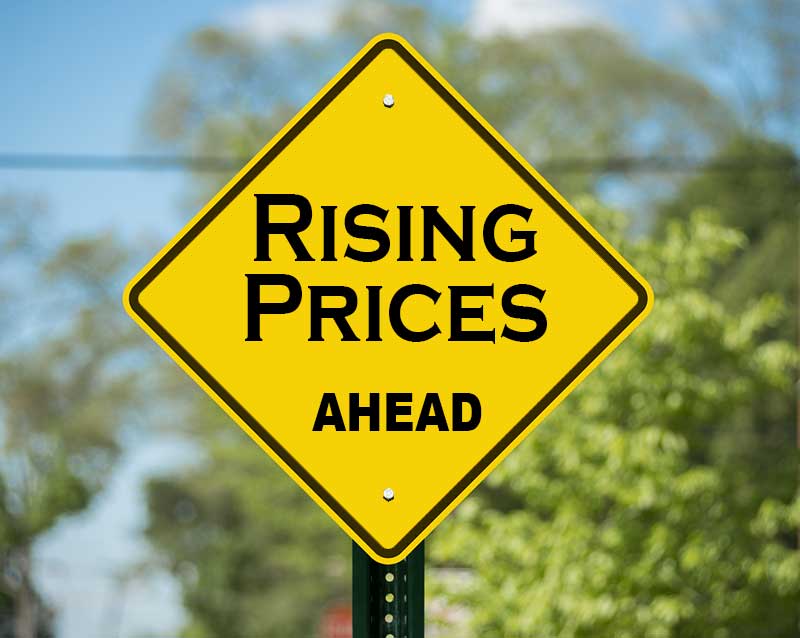The construction industry seems unaffected, so far, from the Covid-19 pandemic in Greece and the rest of Europe. Most Greek coatings producers will announce a higher or similar profitability for 2020 than in previous years. The low prices of raw materials contributed a lot to this.
From the end of 2020, however, there is a large increase in the prices of almost all the raw materials of the coating industry. Some examples of some key Ingredients that affect most products are listed below:
Resins
- In November and December there was a large increase in the prices of isocyanate monomers, an oligopolistic market with few producers of TDI and HDI. The average price of TDI increased by almost 90% compared to January 2020.
- Fire and production problems in November at two plants (China and Korea) that produce Bisphenol A, led to a 60% increase in epoxy resins.
- The shutdown of the BASF Ludwigshafe plant due to “unforeseeable technical problems” that produce n-butanol and n-butyl acrylate led to shortages and price increases of 10-20% in acrylic resins.
- Polyesters report significant price increases but also shortages of maleic anhydride, adipic anhydride and glycols.
Solvents
- Solvents increased significantly compared to last year, + 100% acetone, + 60% propylene glycol, + 130% MIBK, + 90% Butyl Acetate, + 40-60% the remaining esters.
- The prices of aromatic solvents, xylene and toluene, but also of white spirit seem to remain stable, due to the low price of oil.
In addition, the situation is exacerbated by the current global container shortage, which has led to a sharp increase in transport costs from Asia to Europe, further reducing supply to Europe. Shipping prices from Asia have risen by 200%.
Strong demand from some markets is driving up prices for all raw materials, while an unexpectedly rapid V-shaped recovery in China is also fueling demand for these basic raw materials.
Higher demand combined with supply chain problems and limited availability of transport resources increases market uncertainty and increases raw material prices sharply. The cost of raw materials is very important for paint manufacturers, as they constitute over 50% of the operating costs.
The coatings sector most affected by the latest increases is industrial and marine coatings, mainly due to the price increase of 2K products while architectural coatings are not so much affected yet. Several coatings manufacturers around the world are already announcing horizontal increases, this is already reflected in the chart of the producer price index (FRED):
https://fred.stlouisfed.org/graph/?g=BteP
The chemical industry should expect even higher price increases in raw materials, as well as further uncertainties and fluctuations in other sectors. The metal industry is also facing, for example, high steel prices, which are already showing the first effects on metal packaging prices.
The Institute of Coating Technologies (IoCT) as a body actively involved in the paint industry monitors developments and will continue to keep all stakeholders informed of impending price fluctuations that will inevitably occur in the final products.
